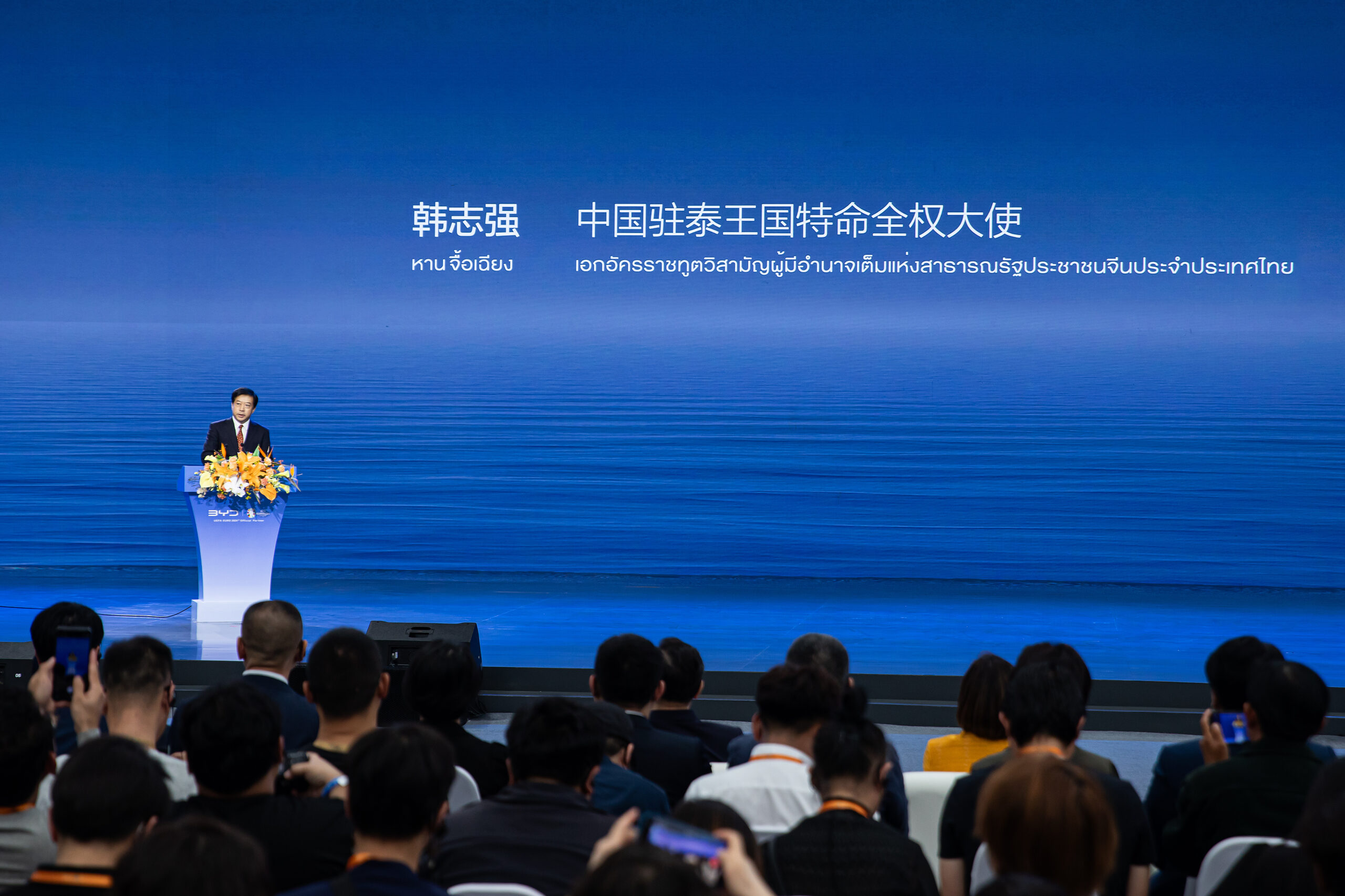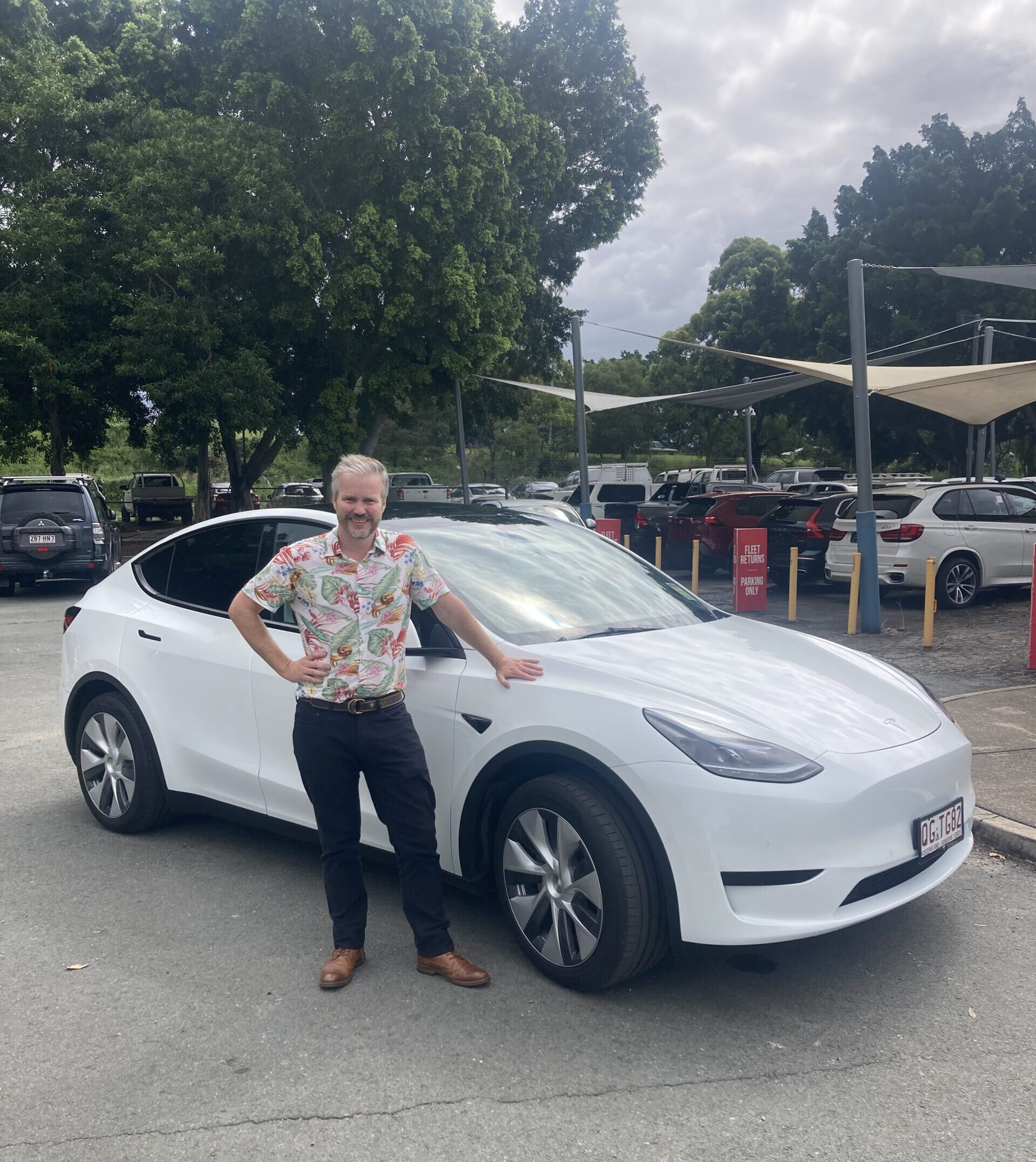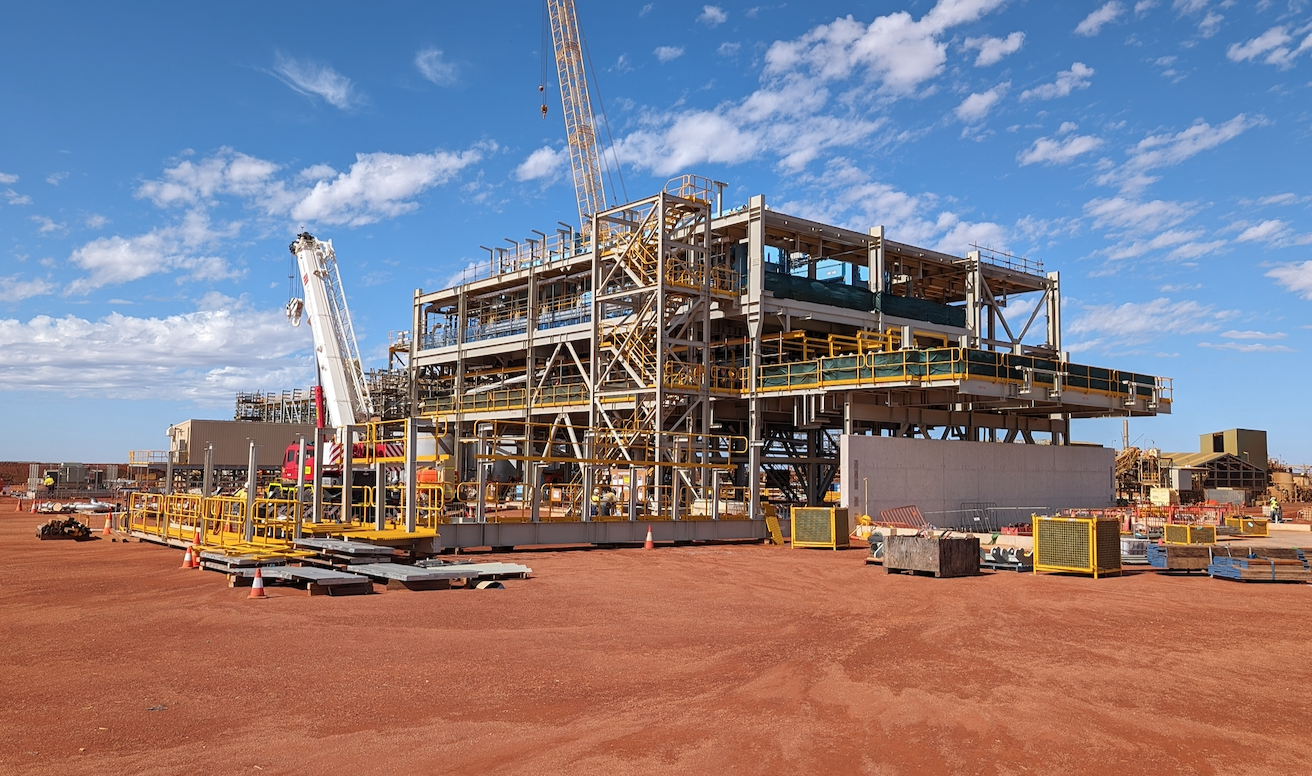
At CleanTechnica, we tend to focus on electric vehicles, from tiny urban microcars to massively powerful sports cars. And why not? The transportation sector accounts for more than a third — 37% according to the IEA — of all carbon emissions. But that means almost two thirds of carbon emissions come from other sources — cement, for instance, which is responsible for about 8% of global carbon emissions. In other words, the EV revolution is vitally important, but even if every vehicle on Earth — cars, trucks, planes, and ships — were powered by electricity, our planet would continue becoming too hot to support human life.
Yet-Ming Chiang is a renowned material sciences professor at Massachusetts Institute of Technology (MIT). He is the founder or co-founder of several cleantech enterprises, such as American Superconductor Corporation, A123 Systems, Desktop Metal, Form Energy, and 24M Technologies.
Leah Ellis Falls For Cement
People always ask youngsters “What do you want to be when you grow up?” It is a well intentioned inquiry, but it is self limiting, in that new careers are being created all the time. Often the occupations we choose weren’t even a thing when that question was asked of us. Who in 1980 would have said “I want to make robots that use artificial intelligence” or “I want to design electric automobiles for Tesla” or “I want to blog about cleantech”?
Leah Ellis began her undergraduate education at Dalhousie University in Halifax, Nova Scotia, in 2007, majoring in chemistry. Dalhousie may sound familiar to you. It is where Jeff Dahn has established a world renowned battery research team. He is also an adviser to Tesla. In fact, when Ellis graduated in 2011, she took a job at Tesla but decided after a few months to return to Halifax to pursue her doctorate.
Then came the event that sent her down a new career path, one that she could never have imagined when she started college. Ellis applied for and won a prestigious Banting Postdoctoral Fellowship that granted her two years’ salary to work with whomever she wanted. She chose Yet-Ming Chiang.
In an interview with CNBC, Ellis said she started working with Chiang in 2018 soon after he co-founded Form Energy, a long-duration battery company, with another former Tesla employee, Mateo Jaramillo. At that time, Chiang was thinking about the abundant intermittent energy that was being generated by renewable energy sources such as wind.
“Sometimes people will pay you to take energy off their hands,” Ellis said. “Instead of putting that energy in a battery, what if we can use this extra low cost renewable energy to make something that would otherwise be very carbon intensive? And then the first on the list of things that are carbon intensive — it’s cement.”
Cement is a necessary ingredient in concrete, which is the cornerstone of global construction and infrastructure. It is cheap, strong, and durable. Four billion metric tons of cement are produced each year according to a 2023 report from management consulting company McKinsey. The value of the market was $323 billion in 2021 and is expected to reach $459 billion by 2028, according to SkyQuest Technology Consulting.
Turning Limestone Into Cement
Cement is traditionally made by crushing raw materials such as limestone and clay and mixing them with iron and fly ash. Then the mixture gets put into a kiln that heats the mixture to 2,700° F. There are two sources of carbon dioxide that result. First, the chemical reaction that takes place inside the kiln emits large quantities of it. Second, burning fossil fuels to heat the kiln also releases lots of the stuff.
Chiang had the idea to electrify cement manufacturing and he assigned Ellis to explore the possibilities. “He’s super busy, so he was like, ‘Go off and figure it out,’” Ellis told CNBC. So she did. In 2020, Ellis and Chiang co-founded Sublime Systems to refine and scale up the electrochemical process they created for making cement. Ellis likes to describe what they’re doing as developing the “electric vehicle of cement making.”
“I think for the layperson, it’s easiest for them to understand how we take that high temperature, fossil driven process and replace it with something that is powered by electrons. And we’re using electrons to push these chemical reactions. That happens at an ambient temperature below the boiling point of water,” she said, and that is a critical differentiator.
Ellis said she didn’t know much about cement when Chiang asked her to focus on how to make low-carbon cement. She started by reading Wikipedia and textbooks. Then she worked with another Ph.D. student doing research that was later published in scientific journal articles on the topic. That led to the concept for what Sublime is doing now, and she’s continued to refine that concept ever since. “And basically just haven’t stopped,” Ellis told CNBC. “It’s been five years.”
Chemistry can be used to effect change, Ellis said. “It has a lot of creative power to make things happen in the real world. It’s almost like magic. If you work really hard on it, you can create things that make the world a better place.” And using electricity to replace fossil fuels is something that needs to happen to tame carbon emissions. “I think the best way we have to get around fossil fuels is to use electrons,” Ellis told CNBC.
“The electrochemical way is often more efficient,” she said. “Heating things up to make them go is often not as efficient as electrochemistry, which is a bit more surgical, a bit more efficient — or at least can be more efficient with the right processes.” That fundamental energy efficiency is why Chiang is confident in their solution.
“Decarbonizing cement production is going to be a very tough task. There will be numerous approaches, all of which have challenges and most of which deserve to be tested,” she said. “I prefer to face our challenges because we see a pathway to complete decarbonization at cost parity with today’s cement while consuming the least amount of energy. In the long run, the lowest energy process usually wins.”
Avoiding The Carbon Capture Trap
Sublime is making clean cement without the expensive additive of carbon capture and storage technologies, which is attractive because it keeps costs low, said Katie Rae, CEO at The Engine. “Producing decarbonized cement directly, rather than doing carbon capture, drives both energy efficiency and eventual cost parity,” she told CNBC.
Sublime completed its pilot plant at the end of 2022 and spent a few months on quality control measures. Now, Ellis is focused on getting the product to partners, and the company hopes to do its first construction project by the end of the year. The next step is to go from the 100-ton pilot plant to a 30,000-ton-per-year demonstration plant. “My mission is to have a swift and massive impact on climate change,” she said.
“I suppose I am aware of my age. And I’m also humble about that. I’m a first time founder. I’m a first time CEO. I figure things out as I do them. And I’m really lucky to have great mentors and support and people who believe in me, and, I think, who recognize the fact that I have a lot of energy, and I have a lot of passion. And I’m going to work as hard as I can for as long as I can to make this happen.”
For Chiang, finding solutions to global problems is what motivates him. “It’s been a gift, and very energizing, to have potentially impactful solutions to pursue, as opposed to sitting and fretting,” Chiang told CNBC. “I believe climate change has pushed all of us into an extremely fertile, creative period that will be looked back on as a true renaissance. After all, we’re trying to re-invent the technological tools of the industrial revolution. There’s no shortage of great problems to work on! And time is short.”
On its website, Sublime Systems says, “Our product replaces today’s cement with no compromises. We’re working with infrastructure owners, engineers, architects, contractors, and ready mix concrete plants to make sure our cement performs. Our electrochemical process today delivers a deep reduction in CO₂ emissions, with a clear path to zero emissions in the future.”
Cement & Financial Incentives
Concrete is one of the most used building materials in the world and will be essential to new construction in the future. “On the whole, the industry is highly motivated to go green,” Mark Mutter of Jamcem Consulting, an independent cement industry consultancy, told CNBC. Motivations to go green are highest for producers located in parts of the world such as Europe, where there is a price on carbon dioxide emissions at around 80 euros (almost $88) per metric ton. That’s “a big financial penalty for producers and it gives them an incentive to invest” in green cement tech, he said.
In a recent article about the World Bank, we reported on its latest study that calls for an end to public and private subsidies for carbon-intensive industries such as fossil fuels, agriculture, and fisheries. Mutter’s description of how putting a price on carbon influences businesses to pivot to low- or zero-carbon strategies is instructive.
Money makes the world go round and the proper economic structures can be a powerful deterrent to business practices that are driving the increase in global heating. As one reader commented recently, the climate emergency is unlocking a flood of new ideas that are likely to spur one of the greatest periods of innovation in human history. That’s the good news. The not so good news is that time is very, very short if we want to avoid turning our Earthly home into a place that can no longer support human life.
Sign up for daily news updates from CleanTechnica on email. Or follow us on Google News!
Have a tip for CleanTechnica, want to advertise, or want to suggest a guest for our CleanTech Talk podcast? Contact us here.
Former Tesla Battery Expert Leading Lyten Into New Lithium-Sulfur Battery Era — Podcast:
I don’t like paywalls. You don’t like paywalls. Who likes paywalls? Here at CleanTechnica, we implemented a limited paywall for a while, but it always felt wrong — and it was always tough to decide what we should put behind there. In theory, your most exclusive and best content goes behind a paywall. But then fewer people read it! We just don’t like paywalls, and so we’ve decided to ditch ours. Unfortunately, the media business is still a tough, cut-throat business with tiny margins. It’s a never-ending Olympic challenge to stay above water or even perhaps — gasp — grow. So …




